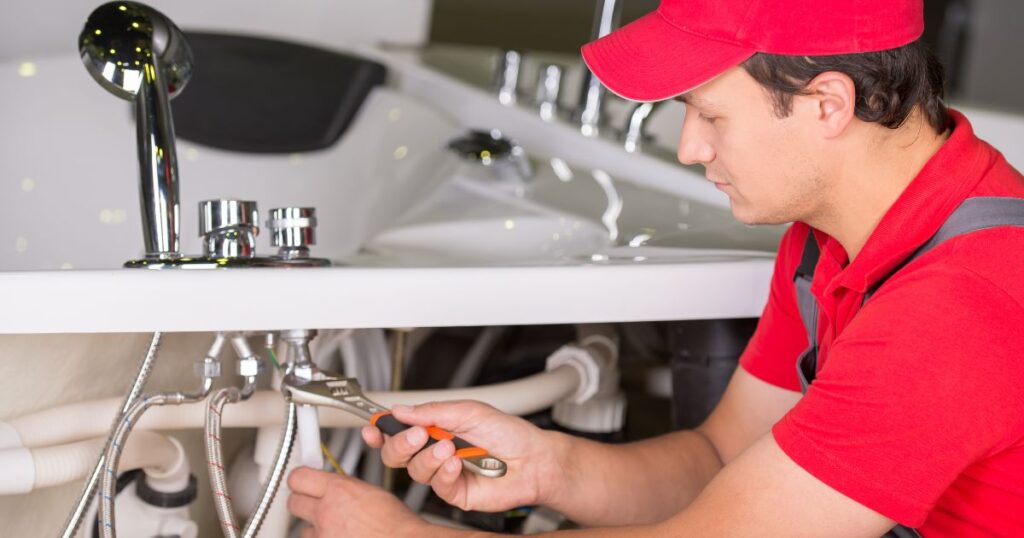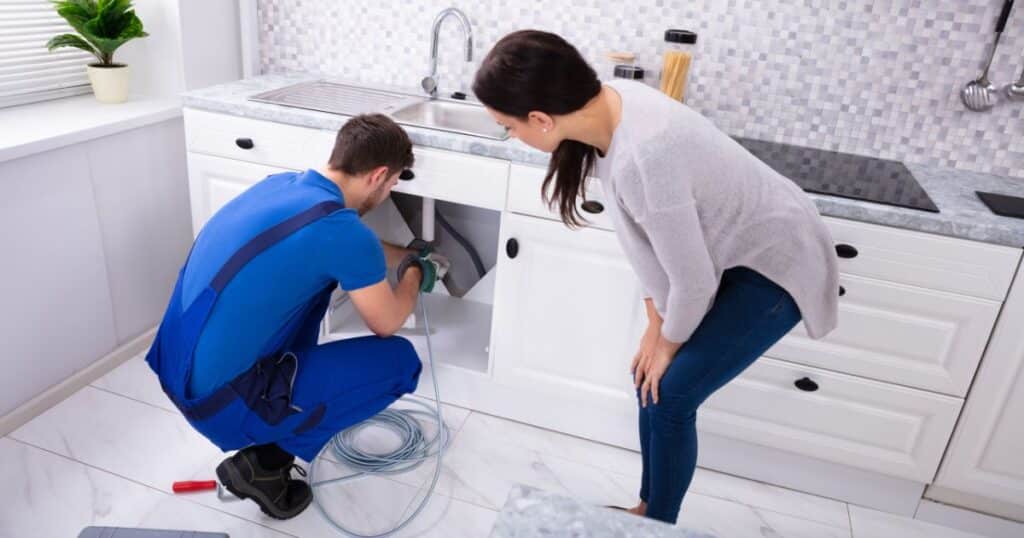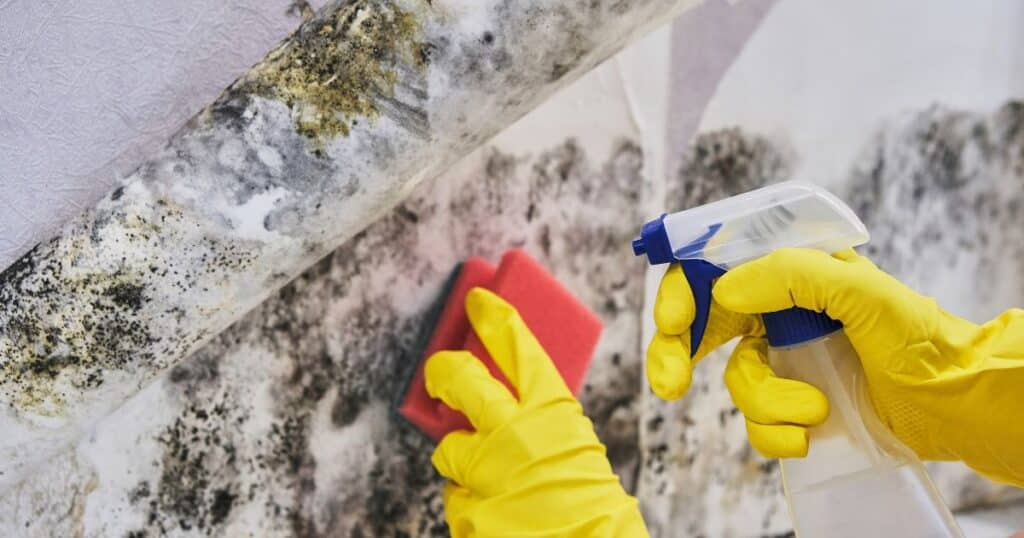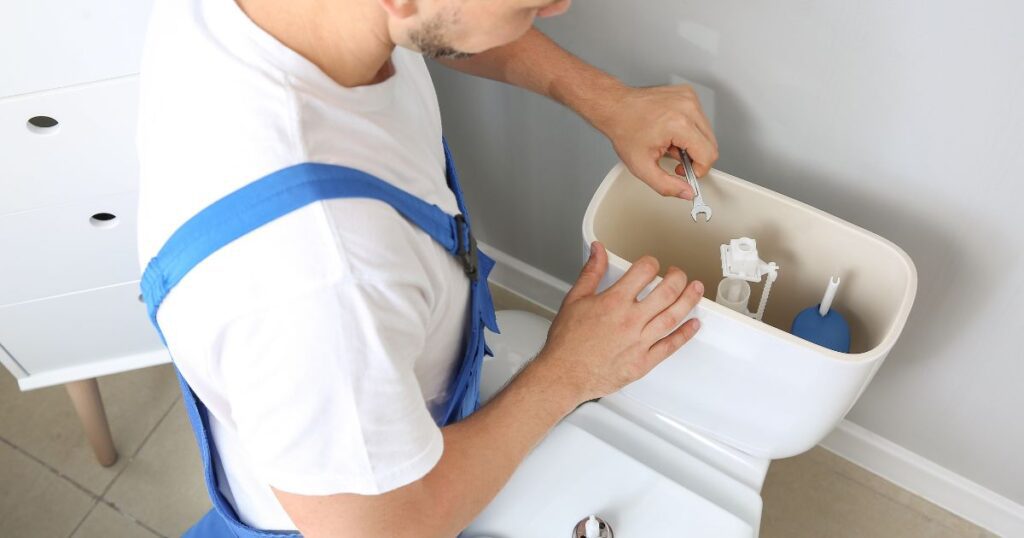
Why Won’t My Toilet Won’t Stop Running
Picture this scenario: You’ve just finished using the bathroom, and as you flush the toilet, you notice something is amiss. The water level doesn’t seem to go down, and instead of the usual silence that follows a flush, you hear a constant flow of water. Your toilet won’t stop running!
It’s a frustrating situation that many of us have encountered at some point. But fear not!
This section will explore the common culprits behind a running toilet and how to fix them. Let’s start with the most likely suspect: the fill valve.
This mechanism is located inside the toilet tank and regulates the water level after each flush. If it becomes faulty or worn out over time, it may fail to shut off properly, causing your toilet to run continuously.
A telltale sign of a faulty fill valve is when the water level in the tank rises above the overflow tube. Next up is the float cup or float ball.
These buoyant devices signal the fill valve when it’s time to stop refilling water in your tank. If they are misaligned or damaged in any way, they may not effectively communicate with the fill valve, resulting in a perpetually running toilet.
Another potential culprit could be a malfunctioning flush valve or flapper. This rubber seal at the bottom of your toilet tank allows water to flow into your bowl during a flush and then seals it off once enough water has been released.
If it doesn’t form a proper seal or gets tangled up on its chain linkage mechanism, you can experience weak flushes or a perpetually running toilet. A faulty fill valve tube might also be contributing to your predicament.
This thin plastic tube directs incoming water into an overflow pipe (connected to an overflow tube) or directly into your bowl through a refill tube attached near your flush rod handle area. When this tube gets detached or clogged with mineral deposits, it can disrupt the water flow and cause your toilet tank to fill continuously.
Don’t overlook the possibility of a worn-out toilet-to-bowl gasket or a malfunctioning siphon jet. These components are crucial in maintaining the integrity and efficiency of your toilet’s flushing system.
Water may leak through the tank-bowl connection if compromised, leading to constant refilling. Various factors, including a faulty fill valve, misaligned float cup or float ball, a malfunctioning flush valve or flapper, a damaged fill valve tube, worn-out gaskets and siphon jets, can cause a running toilet.
By identifying which component is causing the issue and making necessary adjustments or repairs—such as adjusting the float height checking, and clearing any blockages—you can restore peace to your bathroom sanctuary. Don’t let a persistent running toilet drain your patience; take action and regain control over your porcelain throne!
Running Toilet
A running toilet can be a frustrating problem to deal with. Not only does it waste water, but it can also lead to a high water bill if not addressed promptly. Fortunately, fixing a running toilet is often a simple task you can tackle with just a few basic tools and some troubleshooting skills.
An old flapper is one of the most common causes of a running toilet. Over time, the flapper valve in the tank can become worn or warped, preventing it from creating a tight seal.
As a result, water continuously leaks from the tank into the bowl, causing the toilet to run. You’ll need to replace the old flapper with a new one to fix this issue.
Simply turn off the water supply to the toilet, flush to empty the tank, and remove the old flapper by disconnecting it from its chain or brass rod attachment. Install the new flapper and ensure it creates a tight seal when closed.
Another possible culprit behind a running toilet is an issue with the fill valve or float arm. The fill valve controls how much water enters the tank after each flush, while the float arm controls when to stop filling based on the water level.
If either of these components malfunctions or gets stuck in an incorrect position, it can cause continuous filling and an incessantly running toilet. Adjusting or replacing these parts may be necessary in such cases.
Sometimes, problems arise due to issues with other components within the tank itself. For example, excess chain slack between the flush handle and flapper valve assembly can prevent proper flushing and cause water to flow into your toilet bowl continuously.
Similarly, if there’s damage or deterioration in areas like tank-to-bowl gaskets or refill tubes, they may also need replacement. Water levels within your tank could also be at fault for your incessant flushing problem.
You can determine if adjustments are needed by checking whether your tank fills up past or falls below the recommended fill level mark. If the level is too high, it may lead to water overflowing into the overflow tube and causing a running toilet.
Adjusting the float ball or installing an adjustable float can help regulate the water level and prevent such issues. It’s always a good idea to check the fill tube for any clogs or misalignments that could prevent proper water flow.
If this tube is not delivering water into the tank correctly, your toilet won’t stop running as it should. Cleaning out any debris or realigning it can solve this problem.
Remember, these troubleshooting steps are generally applicable in most cases of a running toilet. By checking and addressing each potential issue individually, you’ll likely find a solution and end your toilet troubles quickly.
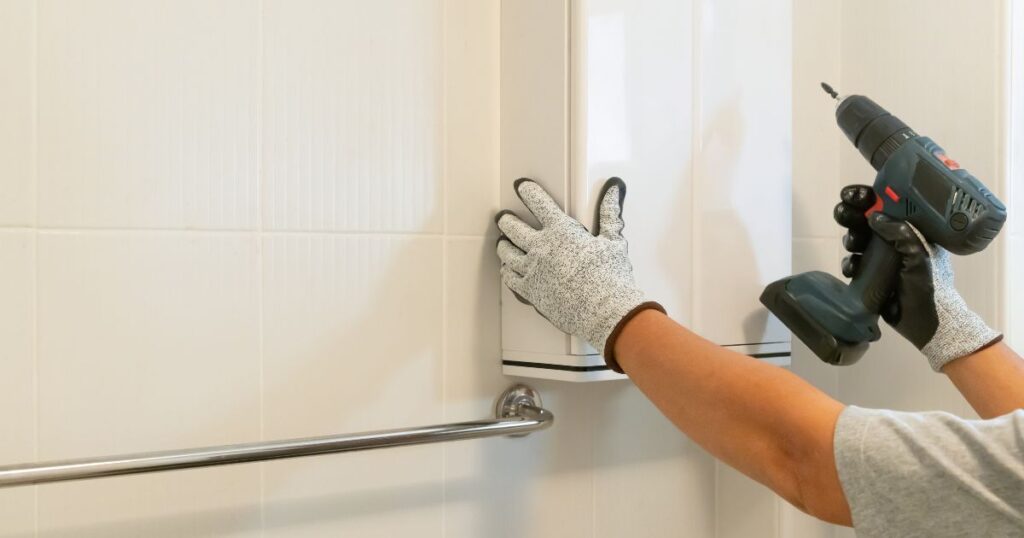
Toilet Tank
The toilet tank is an essential component of your toilet’s flushing system. It holds the water released into the toilet bowl when you flush, allowing for a thorough and effective flush.
However, when your toilet won’t stop running, there’s likely an issue with the tank. One common culprit for a running toilet is a faulty fill valve.
This valve controls the flow of water into the tank after you flush. If it doesn’t properly shut off, water will continue to flow into the tank, causing it to refill and resulting in a running toilet constantly.
In some cases, adjusting the float attached to the fill valve can solve this problem. The adjustable float determines when the fill valve should close based on the water level in the tank.
Another potential issue within the toilet tank is a malfunctioning flapper. The flapper is a rubber seal that covers the flush valve at the bottom of the tank.
It lifts when you flush to allow water to rush out into the bowl and then settles back down to create a seal and stop further flow from entering from the tank into the bowl. If this flapper gets worn out or fails to close properly, it can cause your toilet to run continuously as water leaks out from between its edges.
Sometimes, an overflowing or continuously running toilet can be traced back to an incorrect height setting of your overflow tube. The overflow tube is positioned near or inside your toilet tank and prevents excess water from flowing onto your bathroom floor if there’s an issue with drainage or flushing mechanisms inside your tank.
If this tube is set too high above normal levels, it can cause excessive water to enter your overflow tubes and eventually spill into your bowl. In older toilets, another potential problem lies within an outdated fill valve design that doesn’t function effectively anymore due to age or wear and tear.
These older valves may be unable to shut off completely even if their float adjustment seems correct. Replacing the fill valve with a newer model can often rectify the issue and end your perpetually running toilet.
Remember that a running toilet disrupts your peace and affects your water bill. The constant flow of water can lead to unnecessary consumption, driving up costs.
If you face this problem, it’s essential to identify the root cause of your toilet tank and take appropriate action to fix it promptly. You can regain control over your bathroom’s tranquility and conserve water by addressing faulty fill valves, malfunctioning flappers, incorrect overflow tube height settings, or outdated fill valve designs.
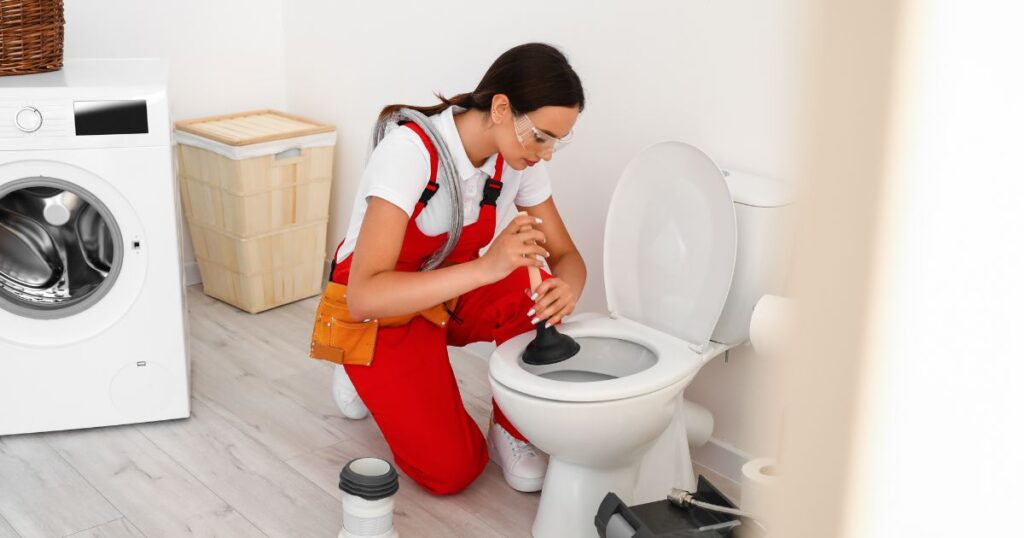
Fill Valve
A malfunctioning fill valve is one of the most common culprits behind a toilet that won’t stop running. The fill valve, also known as the refill valve or inlet valve, regulates the water level in your toilet tank after each flush.
When it’s working properly, it allows water to flow into the tank until it reaches the designated fill level mark, at this point, it shuts off to prevent overflow. If your toilet won’t stop running, you may want to look at the fill valve.
Start by removing the lid of your toilet tank and locating the fill valve. Typically, it can be found on the left side of the tank, near the back.
It’s connected to the water supply line and a small tube leading into the overflow tube. One possible issue with a faulty fill valve is that it fails to shut off completely when reaching the optimal water level.
This can be caused by factors such as mineral deposits, debris clogging its mechanism, or an adjustable float that needs readjustment. To address this problem, you can start by checking for any obstructions in the fill valve or its associated parts, like the water inlet line or ball float.
To clean out any mineral deposits or debris from within the fill valve assembly, turn off the water supply by locating and closing the shutoff valve near its base. Flush your toilet once to drain any remaining water from inside of it.
Now, you can unscrew and remove both ends of your old flapper from their respective points to detach it safely without damaging any other parts on accident during this process. Once removed, inspect your old flapper for any signs of wear or damage, such as cracks or tears, which could impair proper sealing when closed, thereby causing leaks unnoticed while not being flushed regularly enough due to reduced pressure created within the system over time due to build-up sediment buildup inside the pipes leading towards clog formation over time while also affecting overall performance leading to increased frictional losses leading towards decreased pipeline efficiency over hence. Hence, immediately replacing your old flapper with a new one is highly recommended for improved functionality.
Now, carefully clean the refill valve and its associated components, paying special attention to any visible buildup or debris. You can use a small brush or toothbrush and some vinegar or lime-dissolving solution to remove any stubborn residue.
Once cleaned, reassemble the fill valve by screwing the parts back together securely. After reassembling the fill valve, it’s important to check if it’s functioning properly.
Turn on the water supply and observe as the tank fills up. The adjustable float should rise with the water level until it reaches the designated fill level mark, at this point, you should hear a click indicating that the fill valve has shut off properly.
You can adjust the float by bending its arm slightly up or down until you achieve the desired shut-off point. A malfunctioning fill valve can often be the culprit behind a toilet that won’t stop running.
By inspecting and cleaning this crucial component of your toilet’s flushing mechanism, you can potentially resolve this issue yourself without needing professional assistance. Remember to turn off the water supply before attempting any repairs and exercise caution when handling delicate parts.
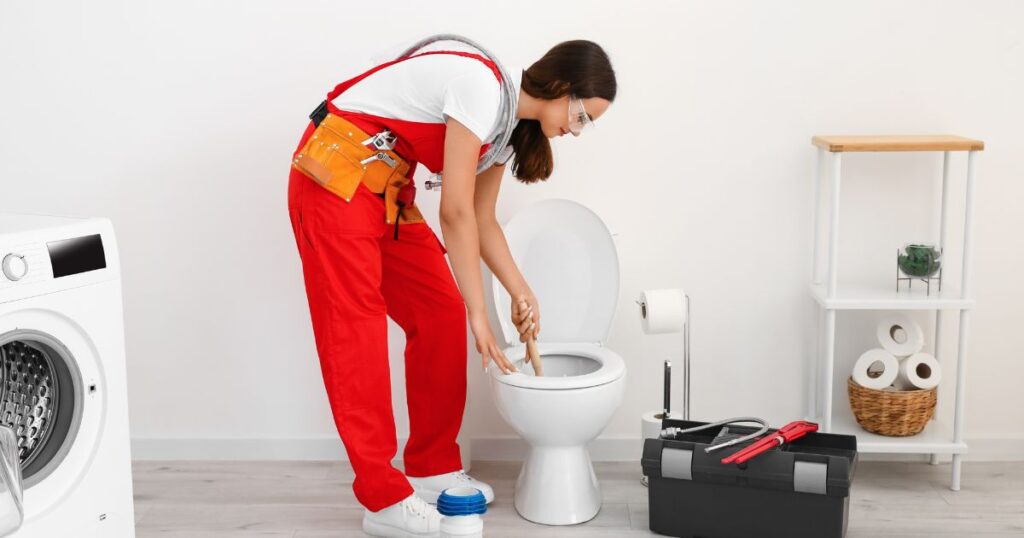
Overflow Tube
The overflow tube is a crucial component in the inner workings of a toilet tank. It is vital in preventing water from spilling over and causing a mess on your bathroom floor. When a toilet doesn’t stop running, the overflow tube often becomes the unsung hero that keeps things under control.
So, what exactly is the overflow tube? Well, picture this: when you flush the toilet, water rushes into the tank through the fill valve and fills up to a certain level.
This is where the overflow tube comes into play. Its job is to channel excess water from the tank into the bowl through a small hole near its top.
When your toilet continues to run even after you’ve flushed it, there could be an issue with the overflow tube. One common problem occurs when there’s an obstruction or blockage in this tube.
This prevents water from flowing down into the bowl properly and causes it to keep running endlessly. Another potential issue with the overflow tube is if it’s not positioned correctly or adjusted properly.
If it’s too low or too high, it can affect how efficiently it redirects excess water back into the bowl. This can lead to problems such as weak flushes or continuous running toilets.
Check for any blockages within the tube to fix a running toilet due to an overflow tube problem. Use a wire hanger or pipe cleaner to remove any debris causing obstructions.
Next, ensure that the height of your float arm and float cup are adjusted correctly so they don’t interfere with how well your overflow tube works. If you’ve tried everything but still have a stubbornly running toilet, it might be time to replace your old fill valve altogether.
Over time, these valves can wear out and lose their effectiveness in controlling water flow within your tank. A new fill valve will ensure that everything works smoothly again and prevent further issues with your overflow tube.
The overflow tube is an essential component in a toilet tank’s system. It helps regulate water levels and prevent disasters like water spilling onto your bathroom floor.
If you’re dealing with a running toilet, don’t forget to check the overflow tube for any blockages or improper positioning. By understanding its role and troubleshooting it effectively, you can end those never-ending flushes and restore peace in your bathroom.
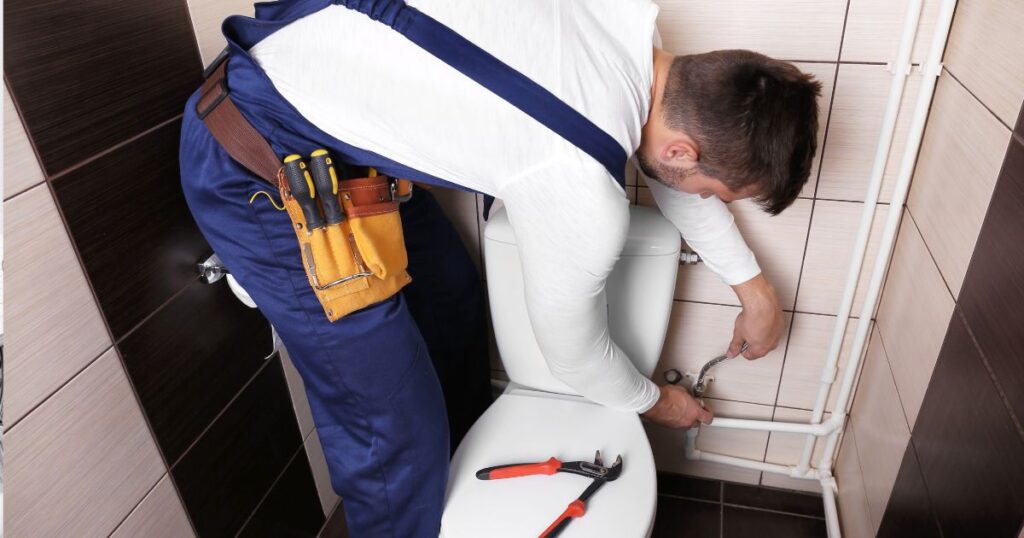
Conclusion
Dealing with a running toilet can be an annoying and frustrating ordeal. However, armed with the knowledge and understanding of the various components involved, you can confidently tackle this issue.
Remember first to identify the source of the problem, which could be a faulty fill valve assembly, a worn-out flapper, or an improperly adjusted float cup. If your toilet continues to run even after adjusting or replacing these components, it might be worth considering upgrading to newer toilets equipped with more efficient flushing mechanisms.
These newer models often have adjustable float systems and improved flush valves to help prevent water waste and reduce the likelihood of your toilet constantly running. Check for leaks in the water supply line or around the fill valve assembly when fixing a running toilet.
A steady stream of water entering a secondary entry point can lead to continuous flushing and subsequent tank refills. Ensure all connections are tight and secure to avoid unnecessary water loss.
Don’t forget to inspect and clean your overflow tube regularly. Over time, debris or mineral build-up can obstruct its function, leading to irregular water levels in your tank and potentially causing a running toilet situation.
A quick cleaning using vinegar or mild detergent can help maintain proper functionality. Although a running toilet may initially seem overwhelming, it is typically solvable with some simple troubleshooting steps.
By understanding how each component works together to create a properly functioning toilet system and promptly address any issues, you can restore peace and efficiency to your bathroom while conserving precious water resources. So fear not; you have the power to conquer the persistent running toilet!

